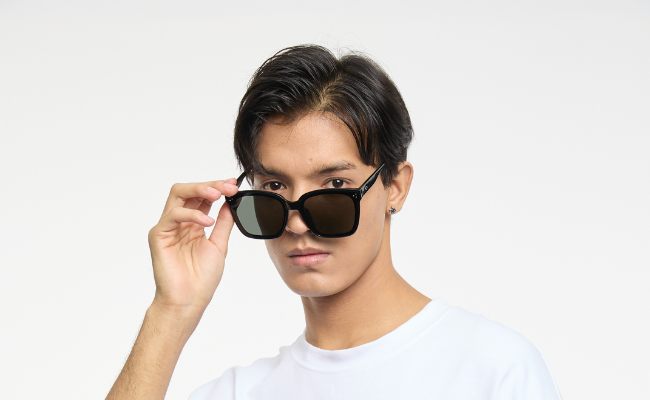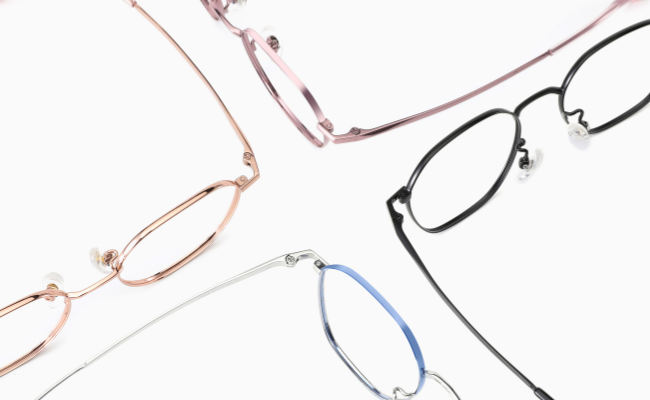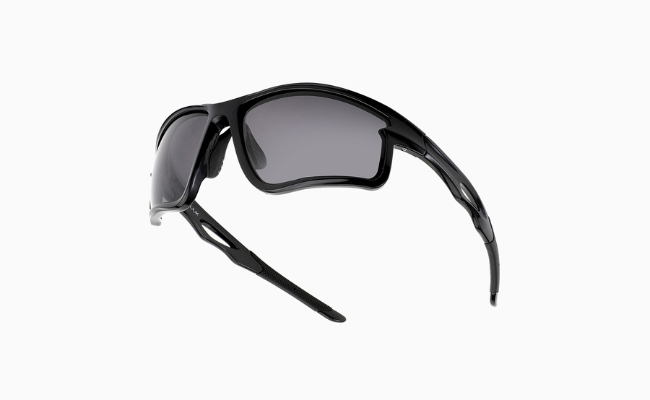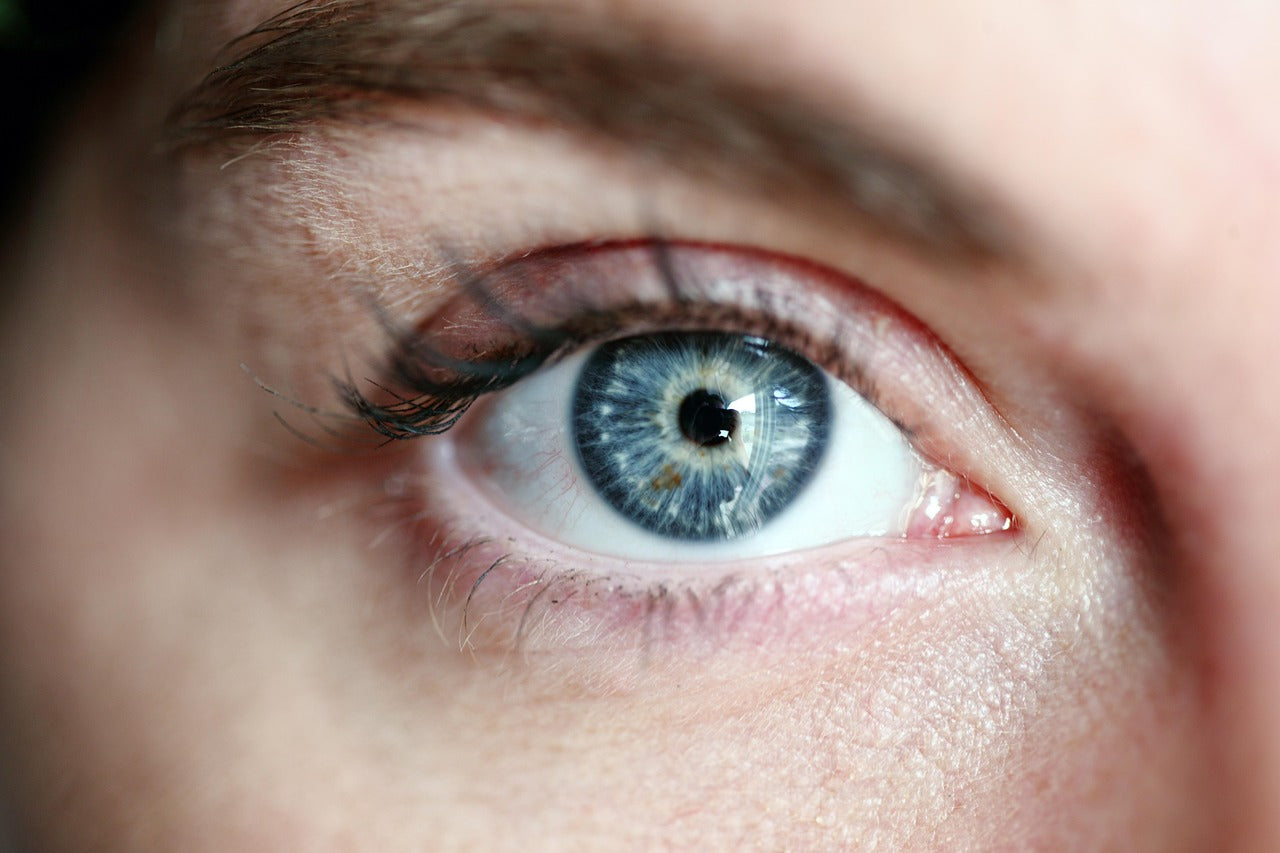
Driving at Night with Astigmatism: Challenges and Solutions
Driving at night can be challenging for everyone, but for individuals with astigmatism, it presents unique difficulties. Astigmatism, a common refractive error, causes the cornea or lens of the eye to have an irregular shape, leading to distorted vision. This irregularity affects how light enters the eye, often resulting in visual disturbances such as streaky, haloed, or blurry lights—especially noticeable during nighttime driving.
Understanding Astigmatism and Its Impact on Night Vision
In a healthy eye, the cornea has a smooth, dome-like shape, allowing light to focus precisely on the retina, producing clear images. However, in an eye with astigmatism, the cornea or lens is shaped more like a football or an egg, causing light to scatter to multiple focal points inside the eye. This scattering leads to blurred or distorted vision at all distances. At night, when the pupils dilate to let in more light, these distortions become more pronounced, making lights appear streaky, haloed, or surrounded by starburst patterns.
Tips for Safe Night Driving with Astigmatism
Managing astigmatism effectively can significantly improve night driving safety. Here are some strategies to consider:
1. Wear Prescription Eyeglasses
Consult an optometrist to obtain a precise prescription for glasses that correct astigmatism.
- Opt for lenses with an anti-reflective coating to reduce glare from oncoming headlights and streetlights.
- If you have a low nose bridge or higher cheekbones, consider Asian fit glasses. These frames are specifically designed for better comfort and fit on Asian facial structures, preventing glasses from slipping or sitting incorrectly.
- Avoid glasses with yellow-tinted lenses marketed for night driving, as studies show they may not improve safety and could impair vision.

2. Consider Toric Contact Lenses
Toric lenses are specially designed to correct astigmatism by conforming to the eye's irregular shape.
- Research indicates that wearing toric contact lenses can enhance driving performance in individuals with astigmatism.
- Consult your eye doctor to determine if toric lenses are suitable for you.
3. Explore Surgical Options
Procedures like LASIK or orthokeratology (wearing specialized contact lenses overnight to reshape the cornea) can correct astigmatism.
- However, these options may not be suitable for everyone and can be costly.
- Some individuals may still experience visual disturbances like halos and glare after refractive surgery.
4. Maintain Eye Hydration
Dry eyes can exacerbate visual distortions.
- Using lubricating eye drops, especially those compatible with contact lenses, can help maintain moisture and clarity.
5. Keep Eyewear Clean
Smudges or streaks on glasses can further reduce visual acuity.
- Regularly clean your lenses with a microfiber cloth and appropriate lens cleaner to ensure optimal clarity.
Asian Fit Glasses: A Solution for Better Comfort
Many people of Asian descent face challenges finding well-fitting glasses due to unique facial features such as a flatter nose bridge or higher cheekbones. Traditional glasses may slide down the nose, rest uncomfortably on the cheeks, or create gaps that affect vision correction.

Shop Here
Asian fit glasses are specifically designed to address these issues by:
- Having a more curved bridge to fit lower nose bridges comfortably.
- Featuring adjustable nose pads for better customization.
- Offering shorter lens heights to avoid resting on the cheeks.
This design ensures a secure and comfortable fit, making them an excellent choice for those with astigmatism.
Vehicle Maintenance Tips
In addition to correcting your vision, adopting certain driving habits and maintaining your vehicle can enhance night driving safety:
- Clean Vehicle Windows and Mirrors: Dirty or foggy windshields, windows, and mirrors can amplify glare and distortions. Regular cleaning ensures a clearer view of the road.
- Adjust Rearview Mirror Settings: Many vehicles have a night mode for rearview mirrors to reduce glare from headlights behind you. Familiarize yourself with this feature to enhance comfort during night driving.
Consult an Eye Care Professional
If you experience visual distortions at night, it's essential to consult an eye care professional. They can accurately diagnose astigmatism or other potential vision issues and recommend appropriate corrective measures. Regular eye exams are crucial for maintaining optimal vision and adapting to any changes that may affect your driving safety.
Conclusion
By understanding how astigmatism affects night vision and considering options like prescription glasses (including Asian fit glasses), toric lenses, or surgical corrections, you can enhance your safety and confidence while driving at night. Don’t forget to maintain clean eyewear and consult your optometrist regularly for optimal eye health.








发表评论
此站点受 hCaptcha 保护,并且 hCaptcha 隐私政策和服务条款适用。